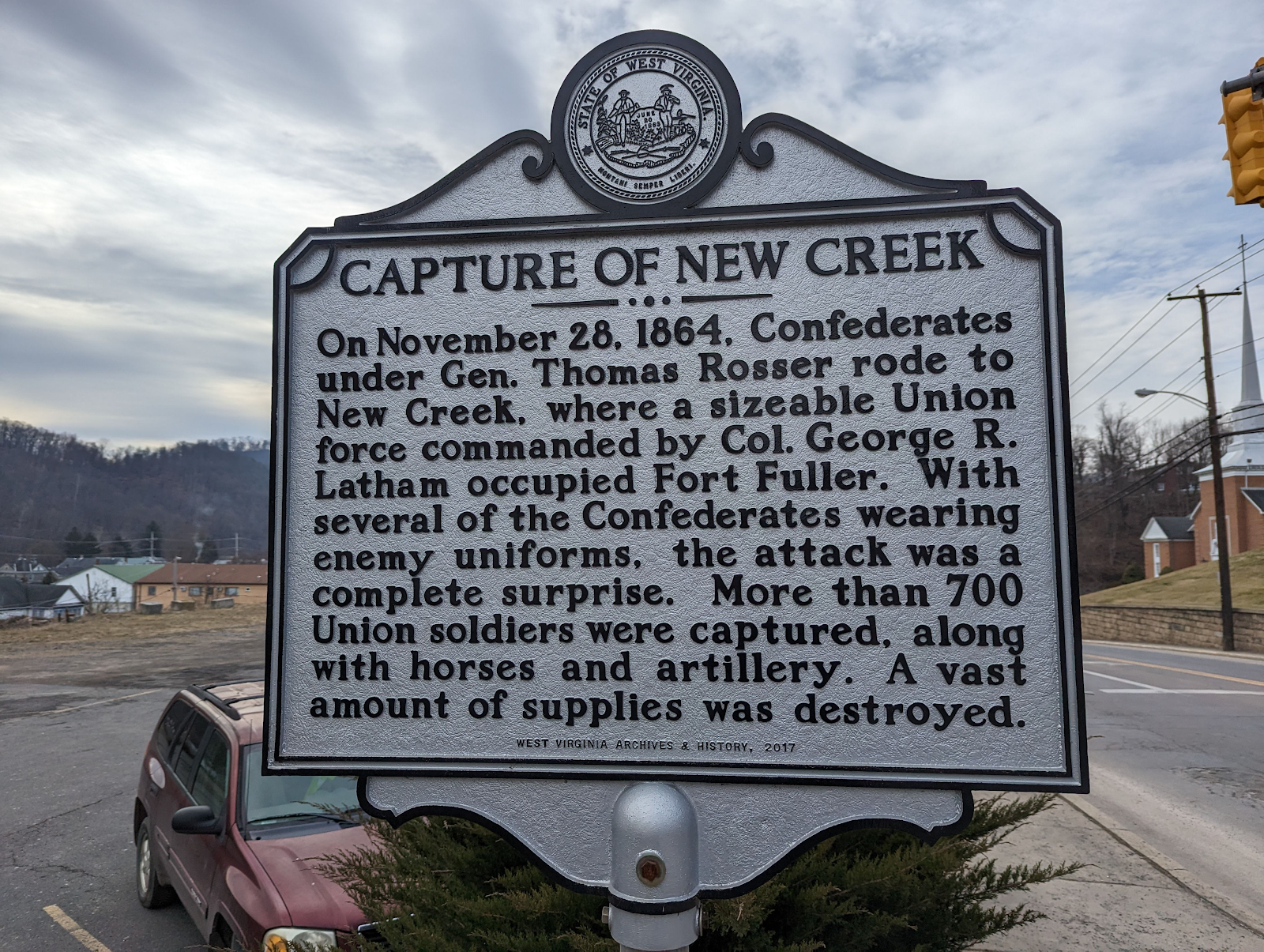May 1862
Union Camp Hamilton Opens (in Virginia)
Hampton, VA
On my way to Fort Monroe from Maryland's Eastern Shore...
 |
https://www.hmdb.org/m.asp?m=10479
Here stood the U.S. Army’s first camp on Virginia soil after secession, built in May 1861. Only the Veteran’s Cemetery on County Street remains of this entrenched camp.
The influx of soldiers at Fort Monroe prompted the commander, Lt. Col. Justin Dimick, to secure a better water supply by dispatching elements of the 4th Massachusetts Infantry to Mill Creek Bridge as well as the Segar and Clark farms here. Outraged local Confederate volunteers “swore vengeance on Massachusetts troops for the Invasion of Virginia.” Cavalry picket Dr. William R. Vaughan confronted Dimick and demanded, “By what right does your army cross that bridge and invade the sacred soil of Virginia?” Dimick replied, “By God, sir, might makes right!” The local Confederate commander, Lt. Col. Richard S. Ewell, ordered his small force (820 men and 300 flintlock muskets) across Hampton Creek away from Fort Monroe.
The Federals began constructing their camp, first known as Camp Troy and soon renamed Camp Hamilton in honor of Gen. Winfield Scott’s military secretary Lt. Col. Schuyler Hamilton, here on the Segar farm.
The 2nd New York and the 1st Vermont regiments were billeted here when they arrived on the Peninsula. Camp Hamilton consisted of tents and other temporary structures arrayed in company streets. Since Fort Monroe’s guns provided protection, extensive fortifications were not built. The soldiers drilled, stood guard, attended Bible classes, and became entrepreneurs. Pvt. Alfred Bond made a tidy profit selling cigars to other volunteers and brooded in his diary:
“In Camp Hamilton. Weather cloudy with rain at night and windy. The day is past and gone. The evening shades appear; oh may we all remember well, The night of Death draws near.” |

Also at this location, and since are are referencing Fort Monroe...
 |
| https://www.hmdb.org/m.asp?m=129905 |
"After damaging British coastal attacks during the War of 1812, Pres. James Madison recognized the need to improve the nation’s coastal defense and naval power. In 1816, Congress created the Board of Engineers for fortifications and in 1818, former Napoleon aide Gen. Simon Bernard became its chief. Bernard planned a series of masonry fortifications, later known as the Third System, to defend every major U.S. harbor. Fort Monroe was the first of these forts to be constructed, beginning in 1819. Named for Pres. James Monroe, it protected the entrance to Hampton Roads and the forerunner of the Norfolk Naval Shipyard, the Gosport Navy Yard. "






Comments
Post a Comment